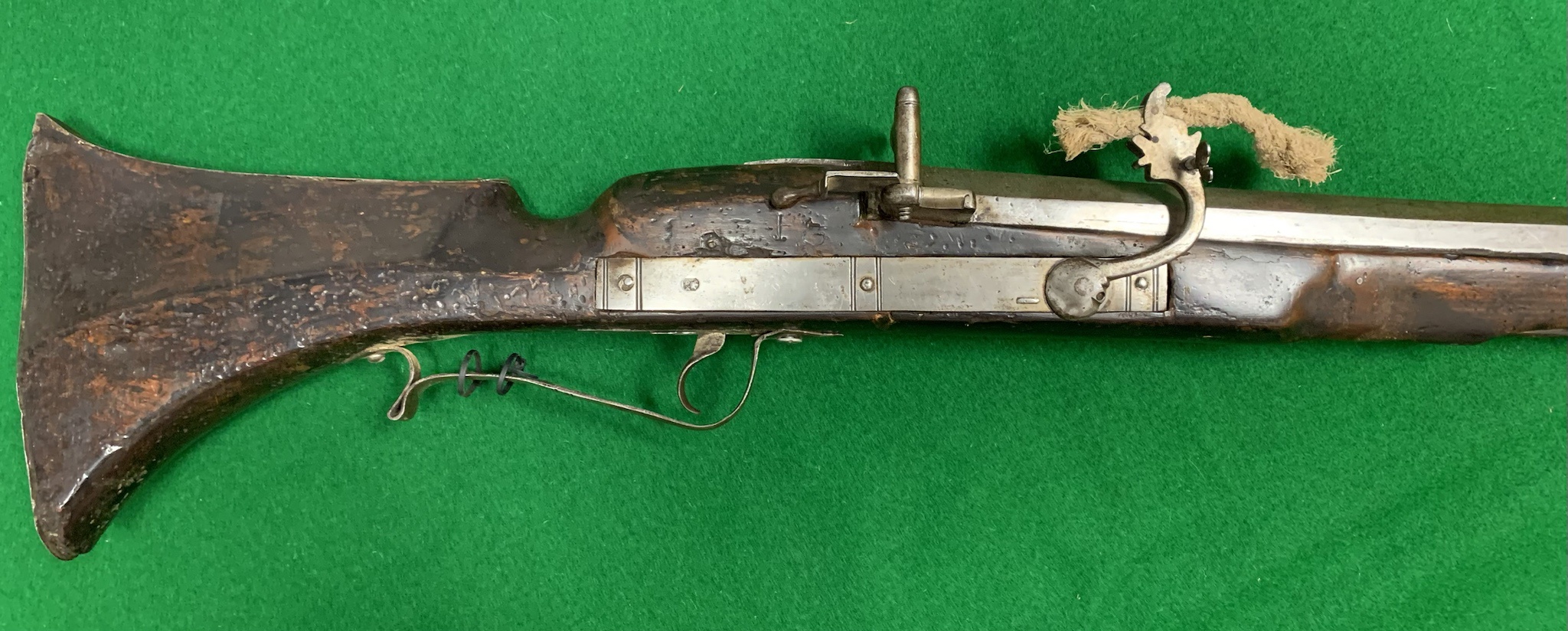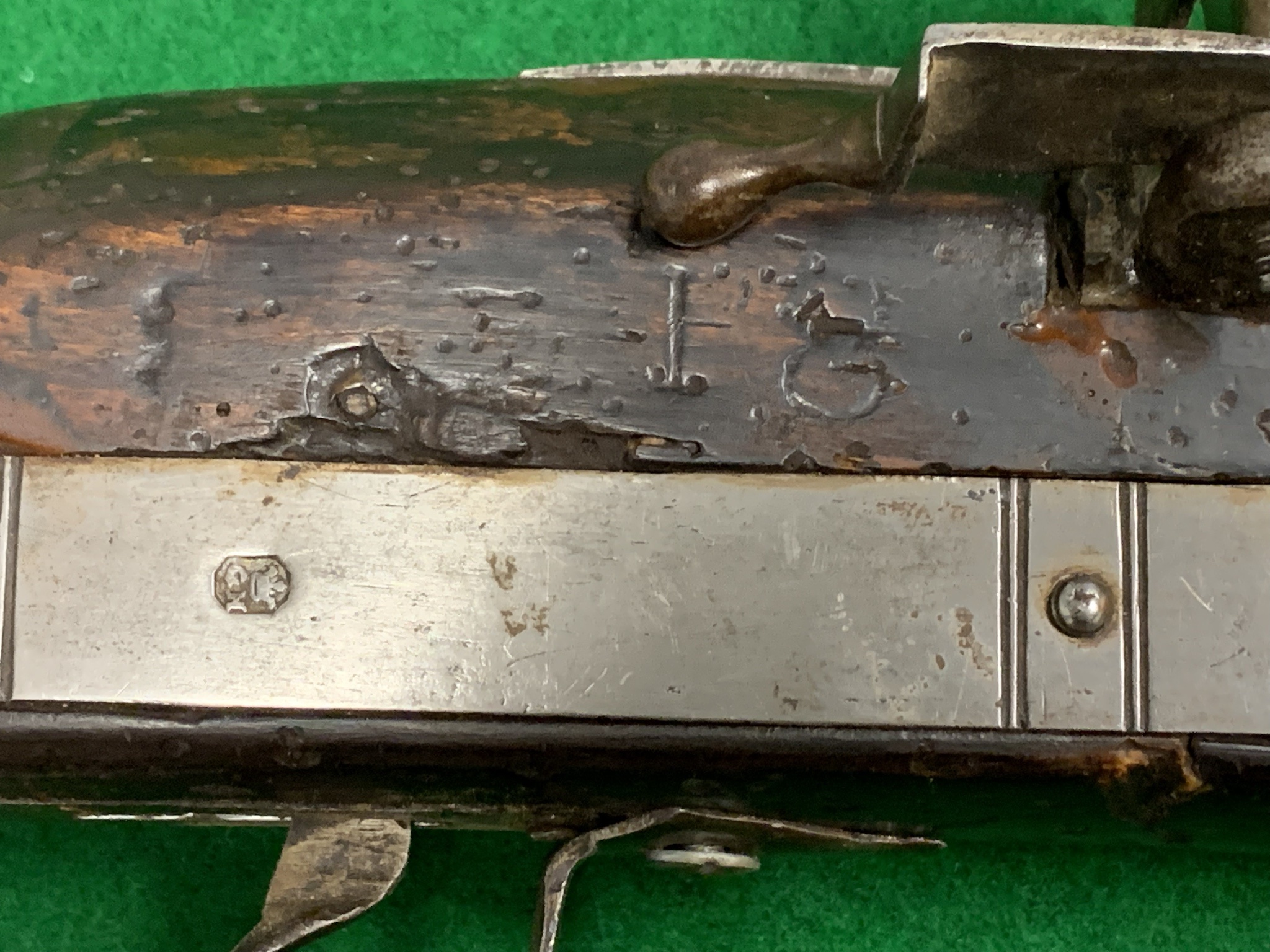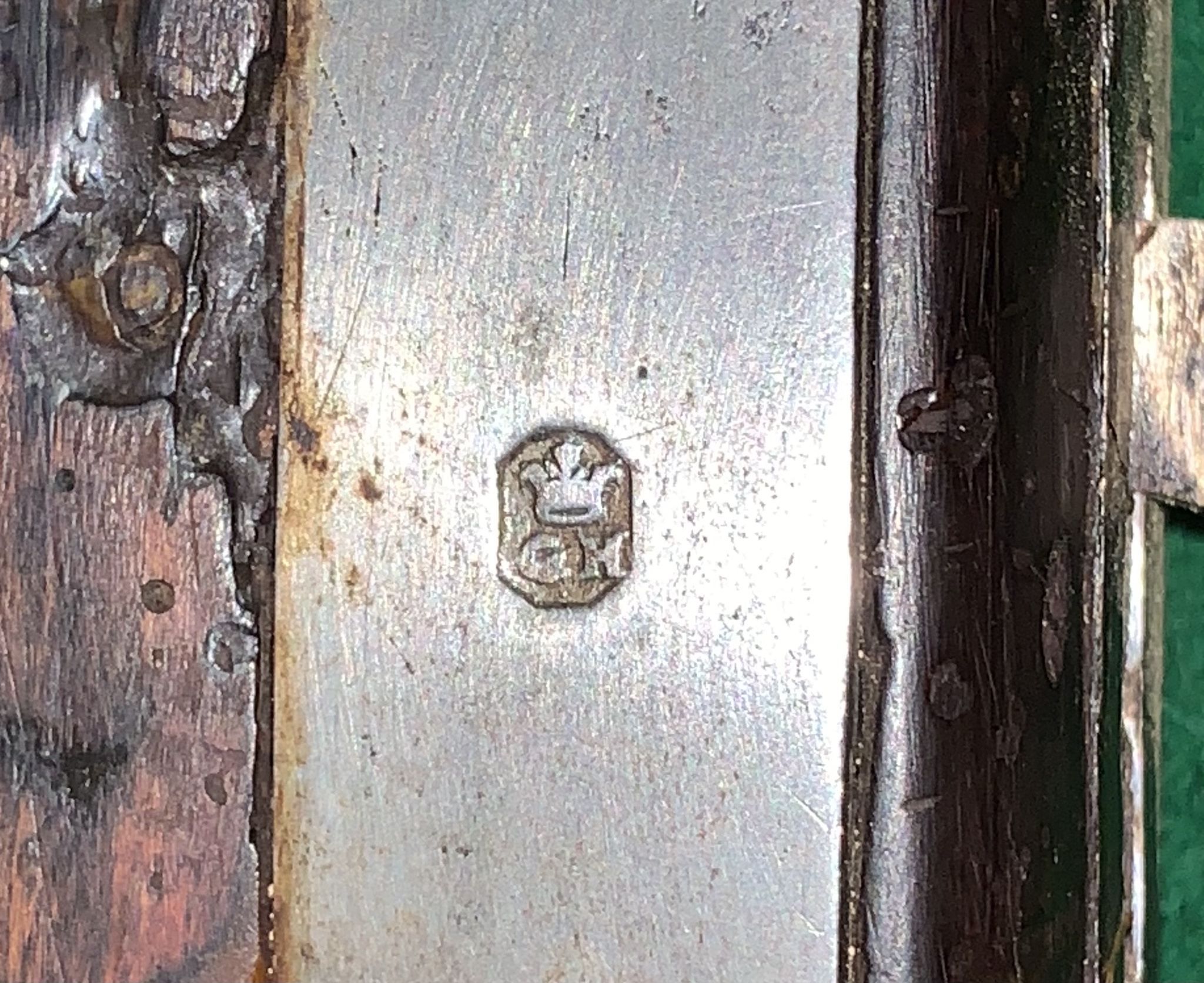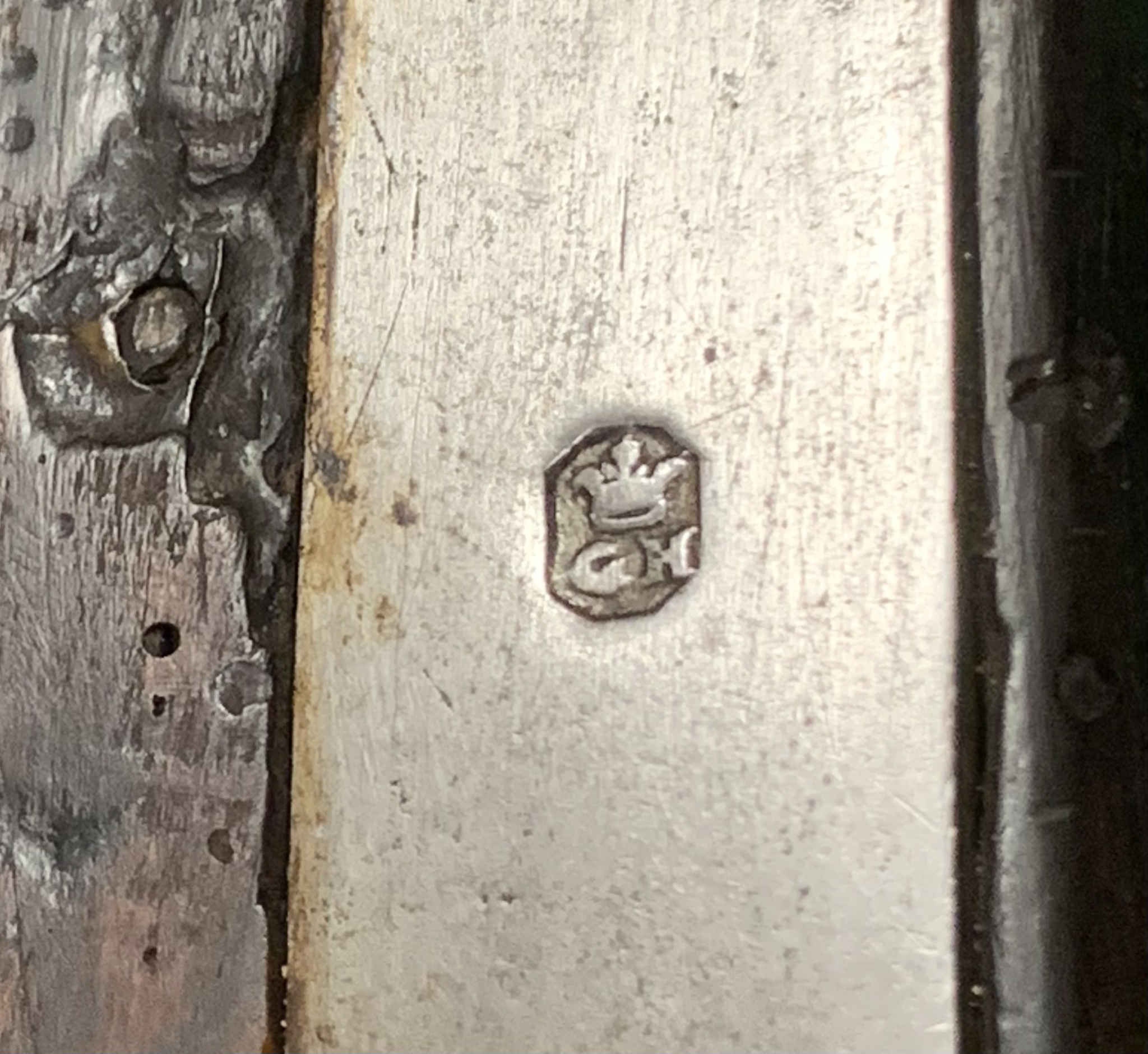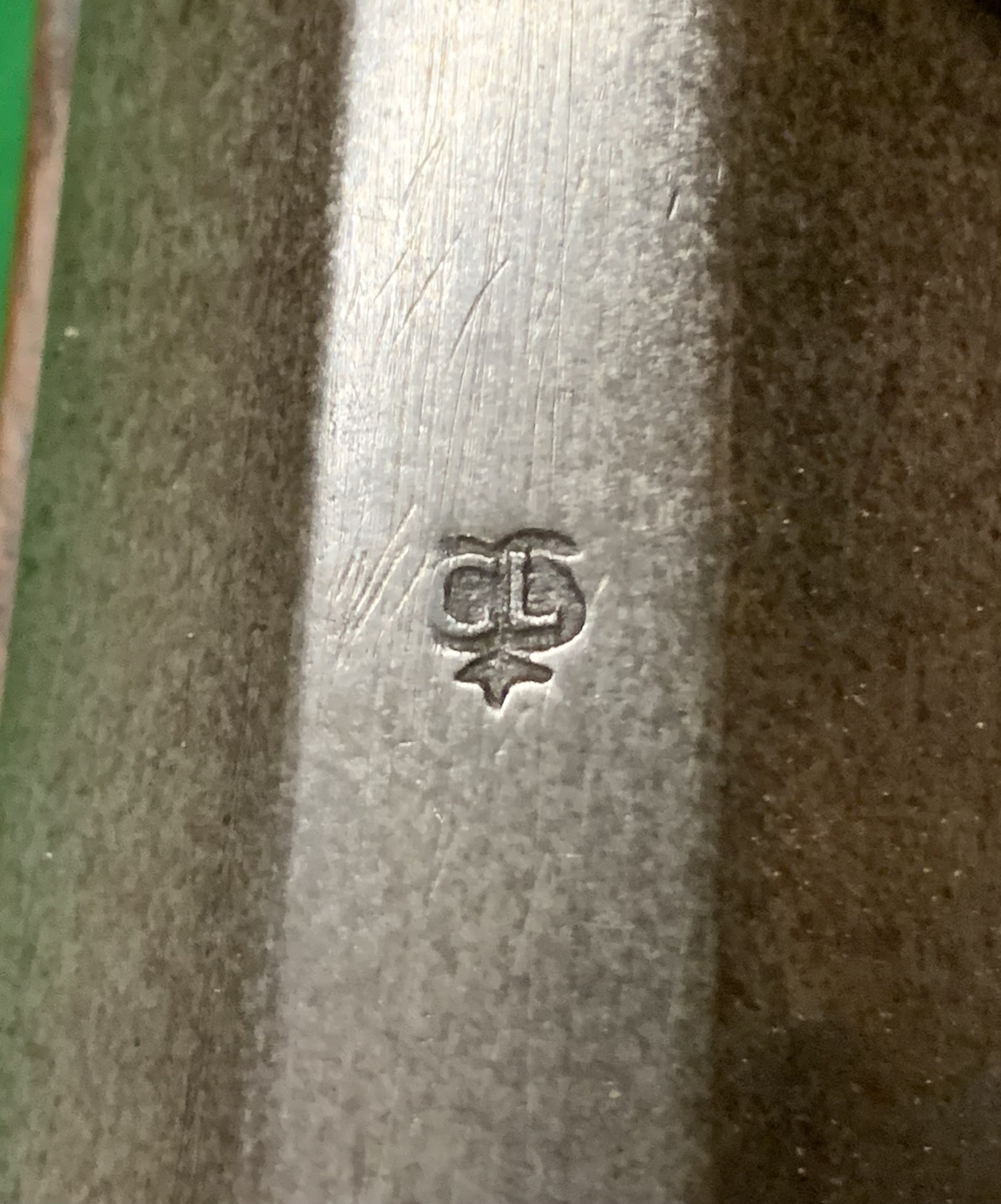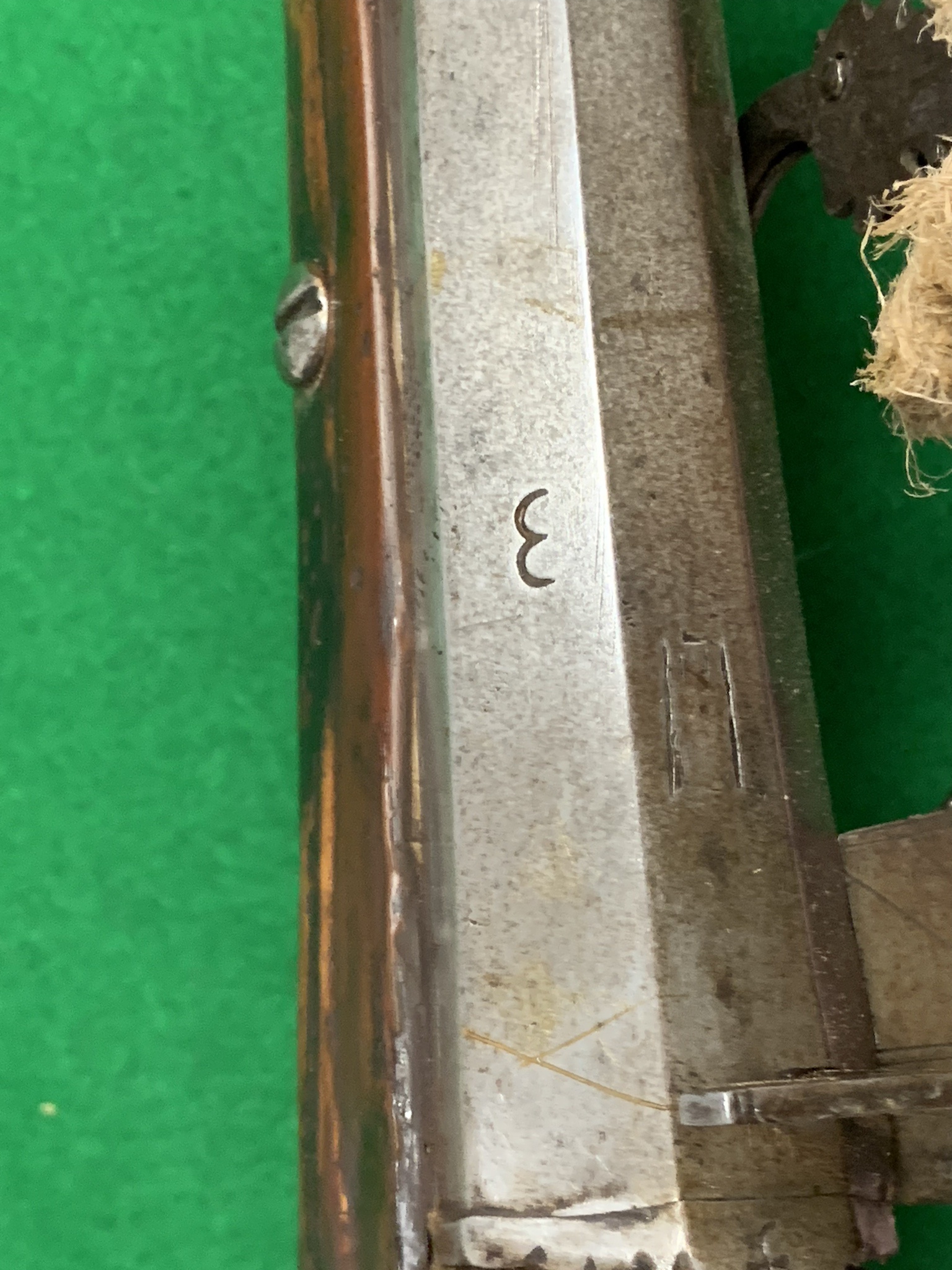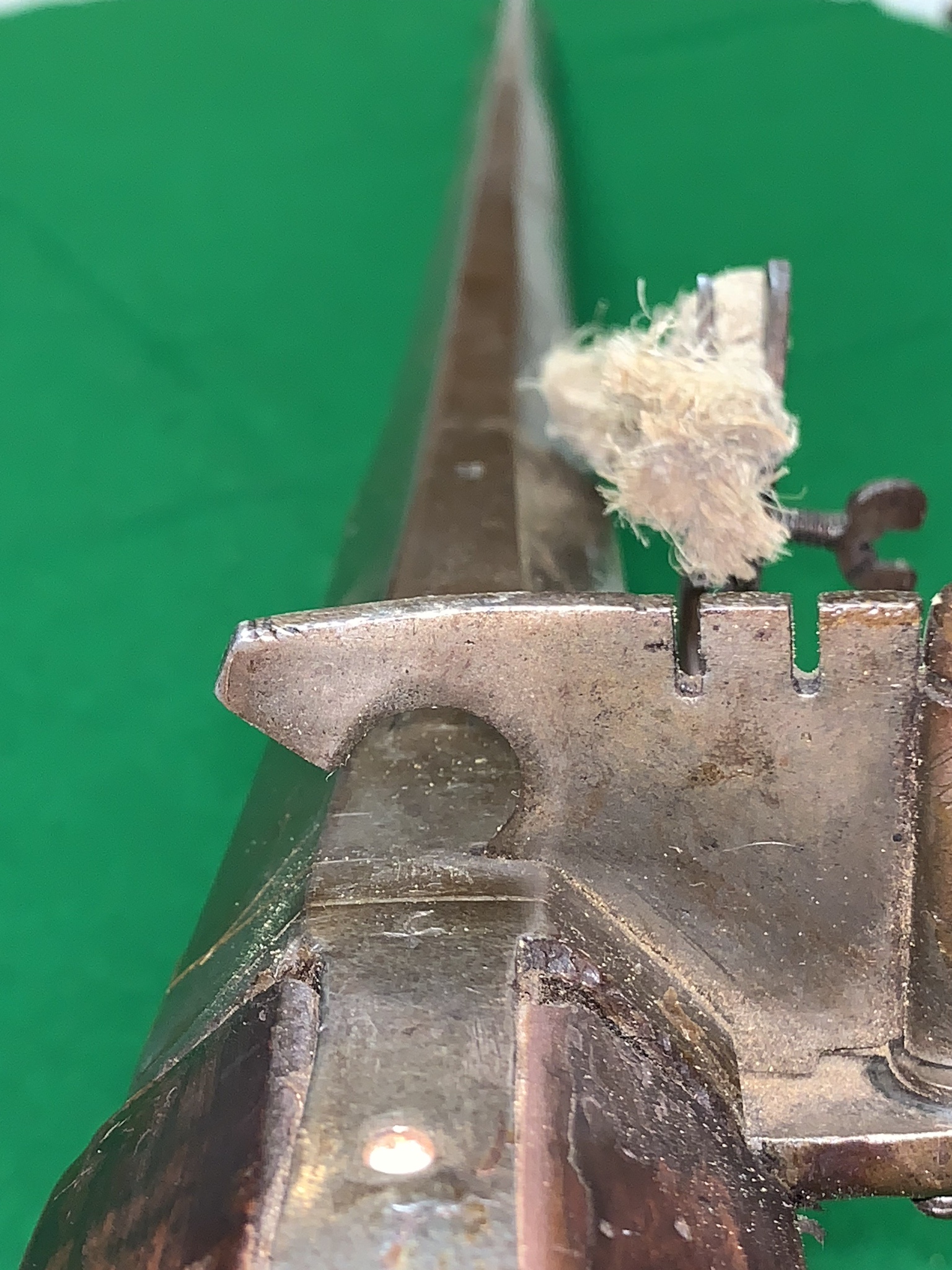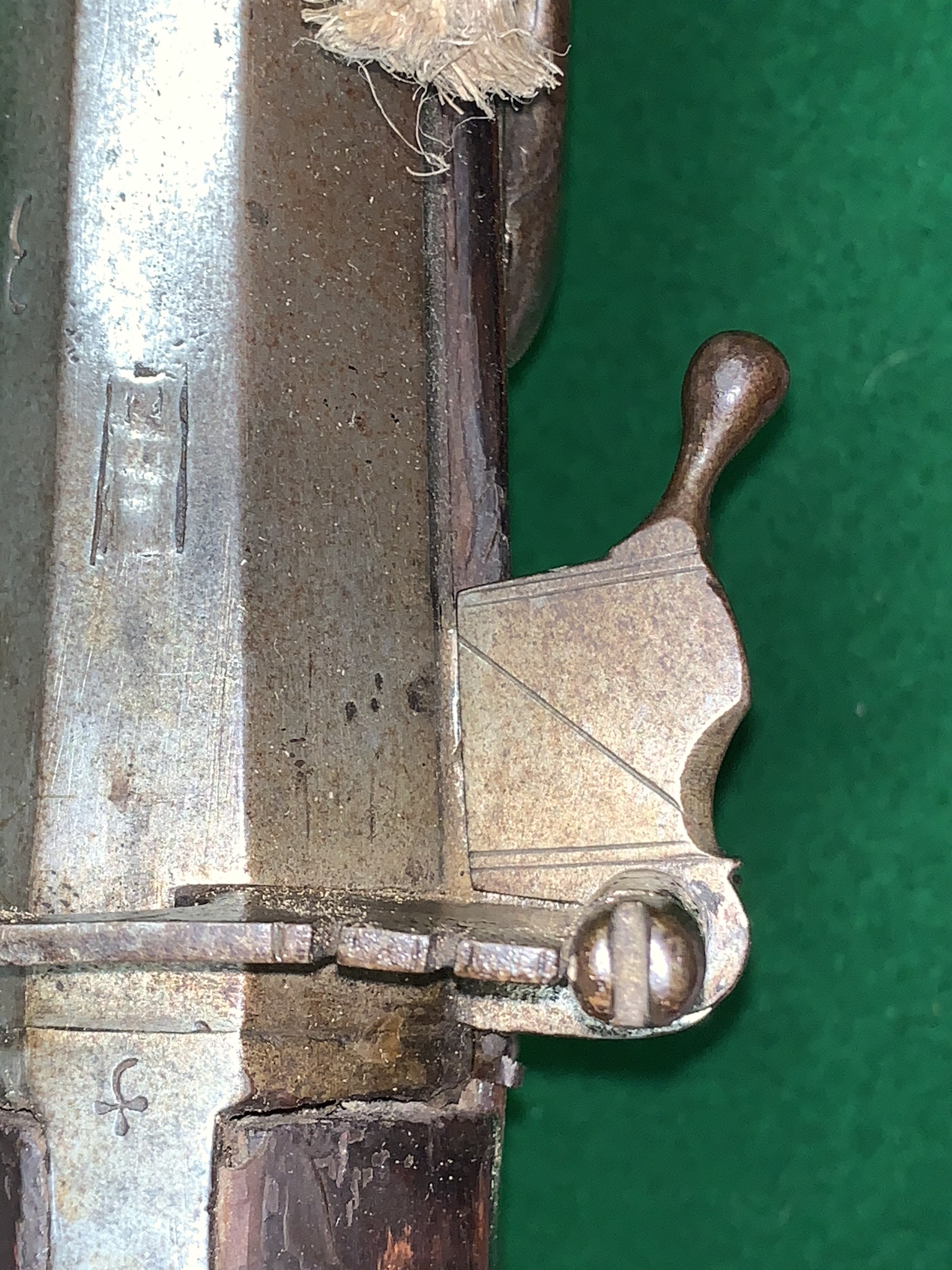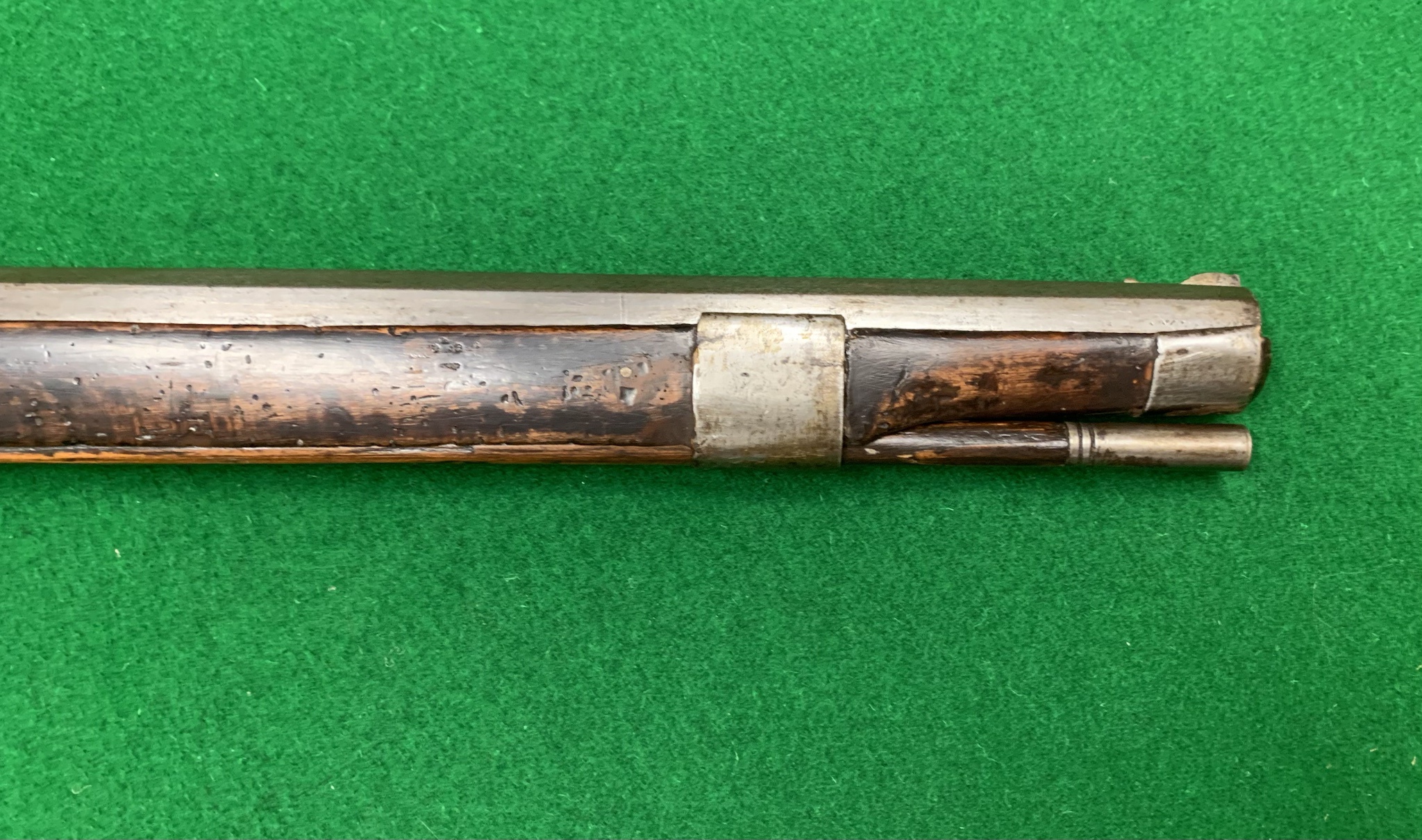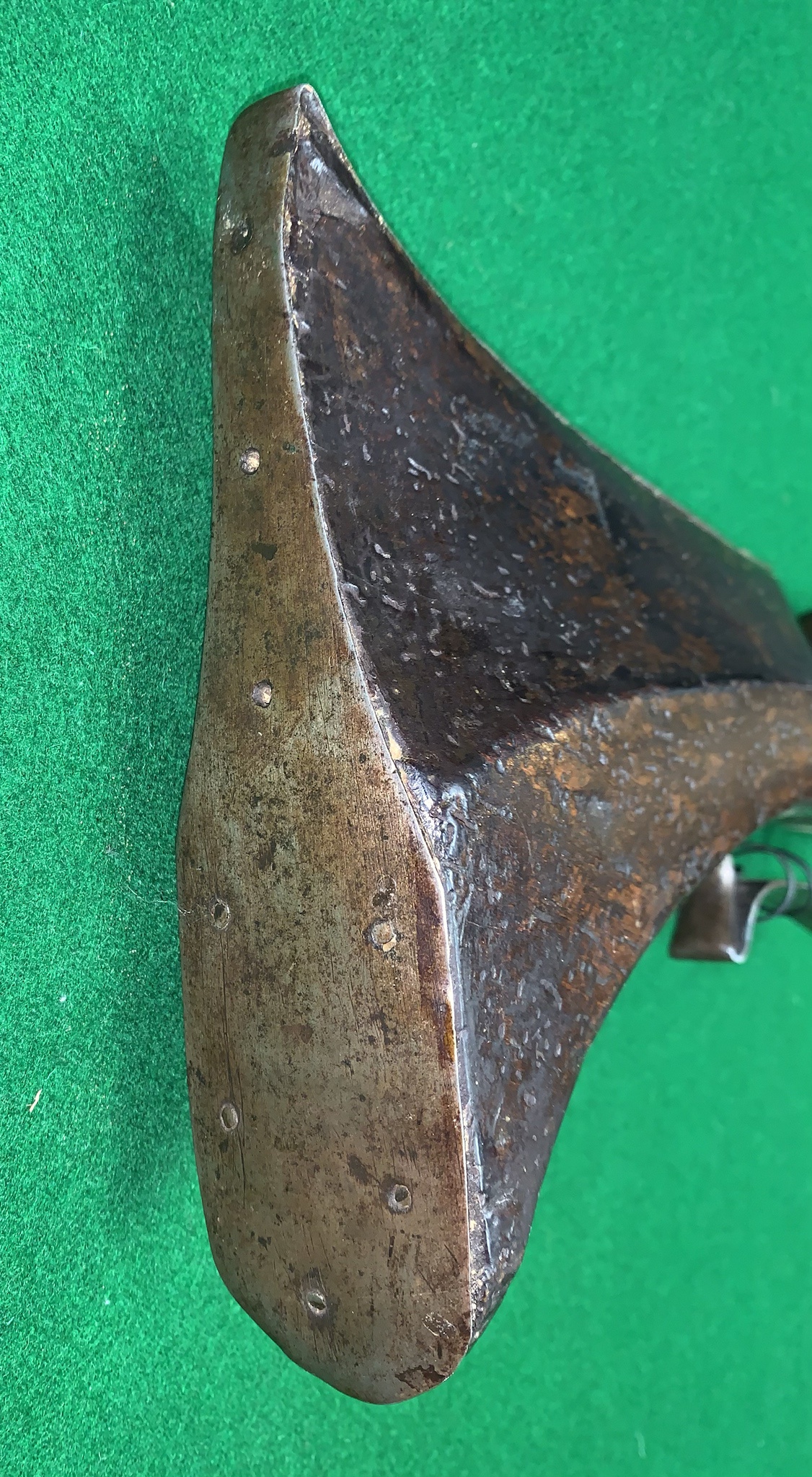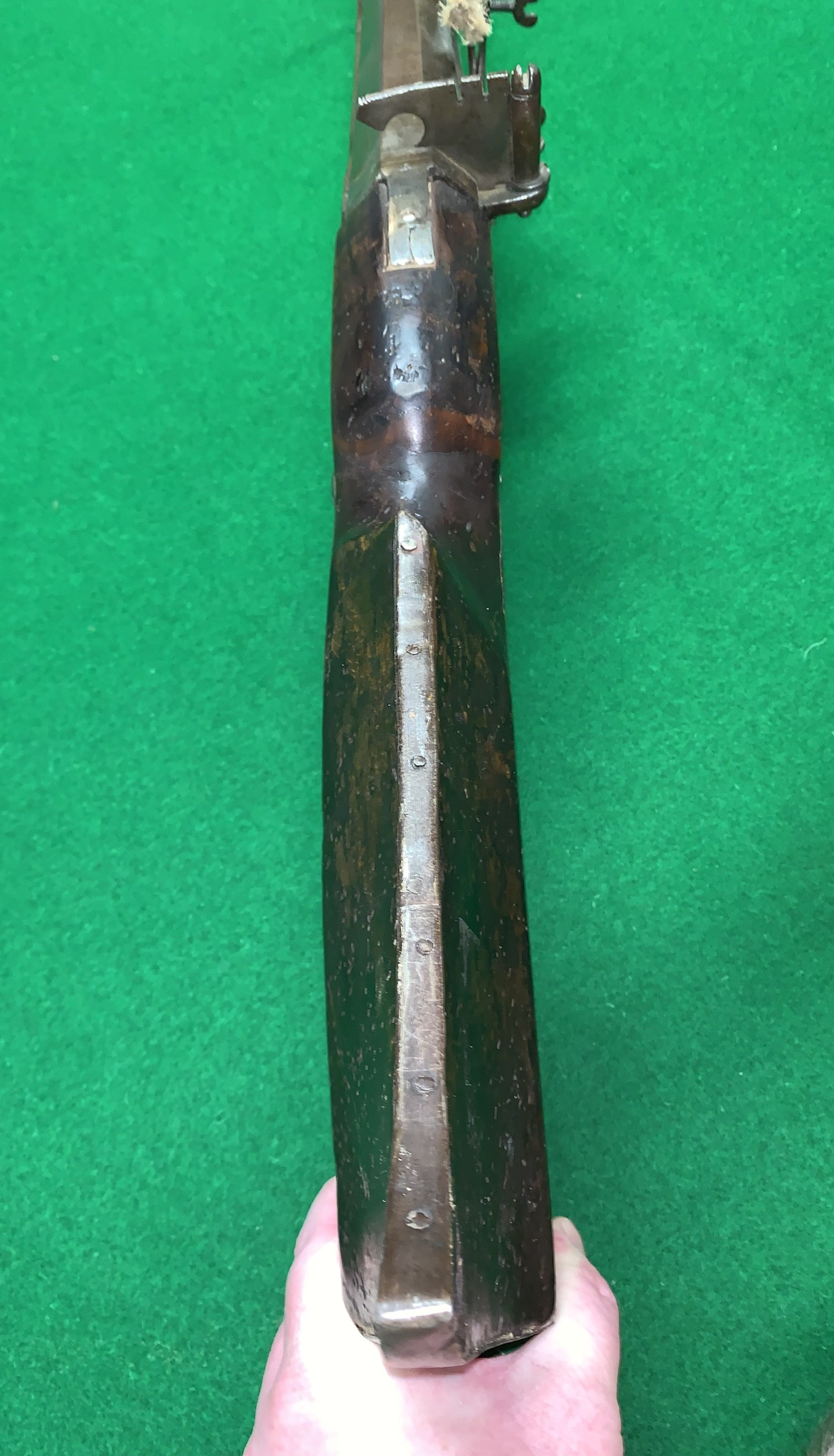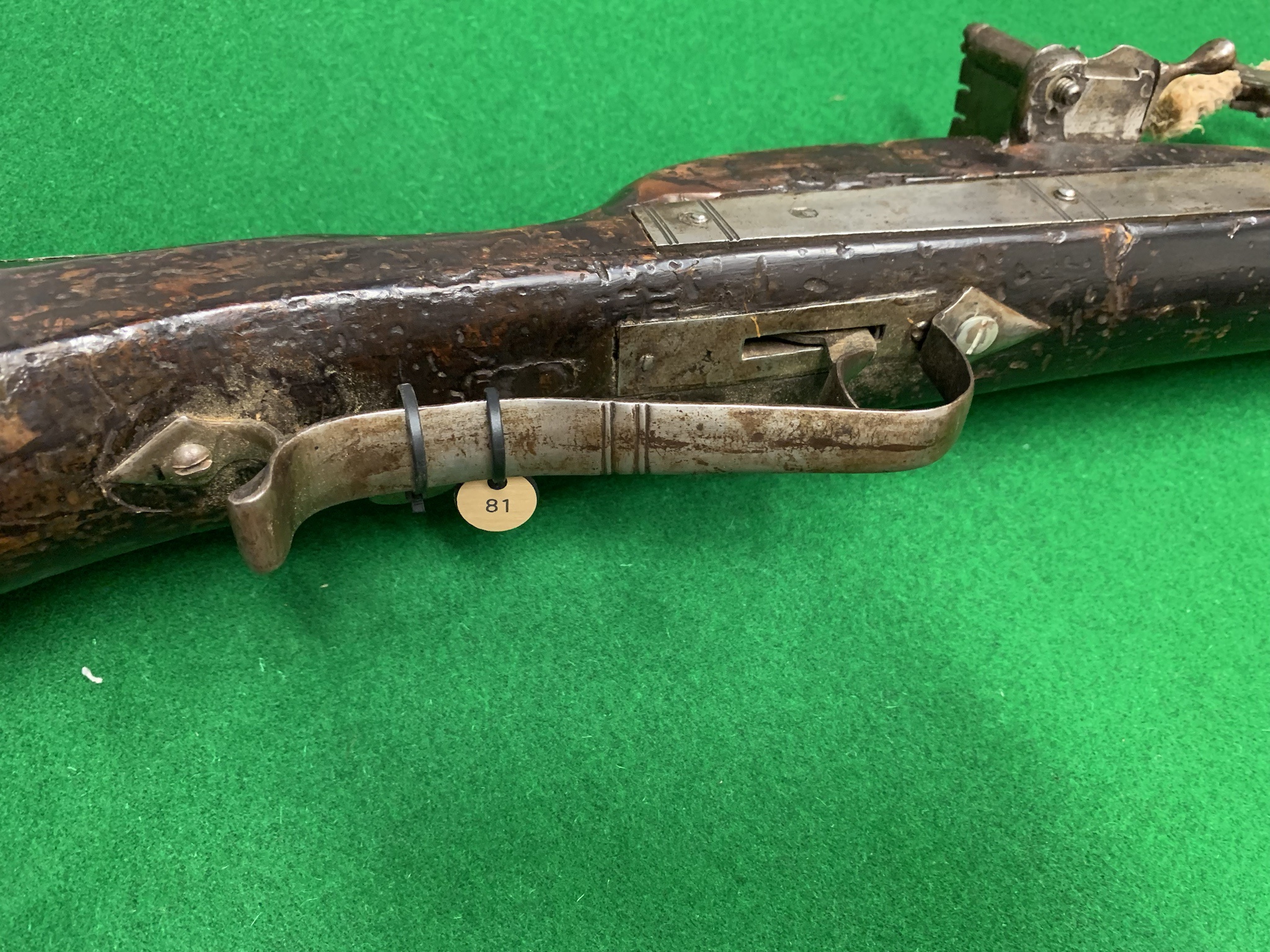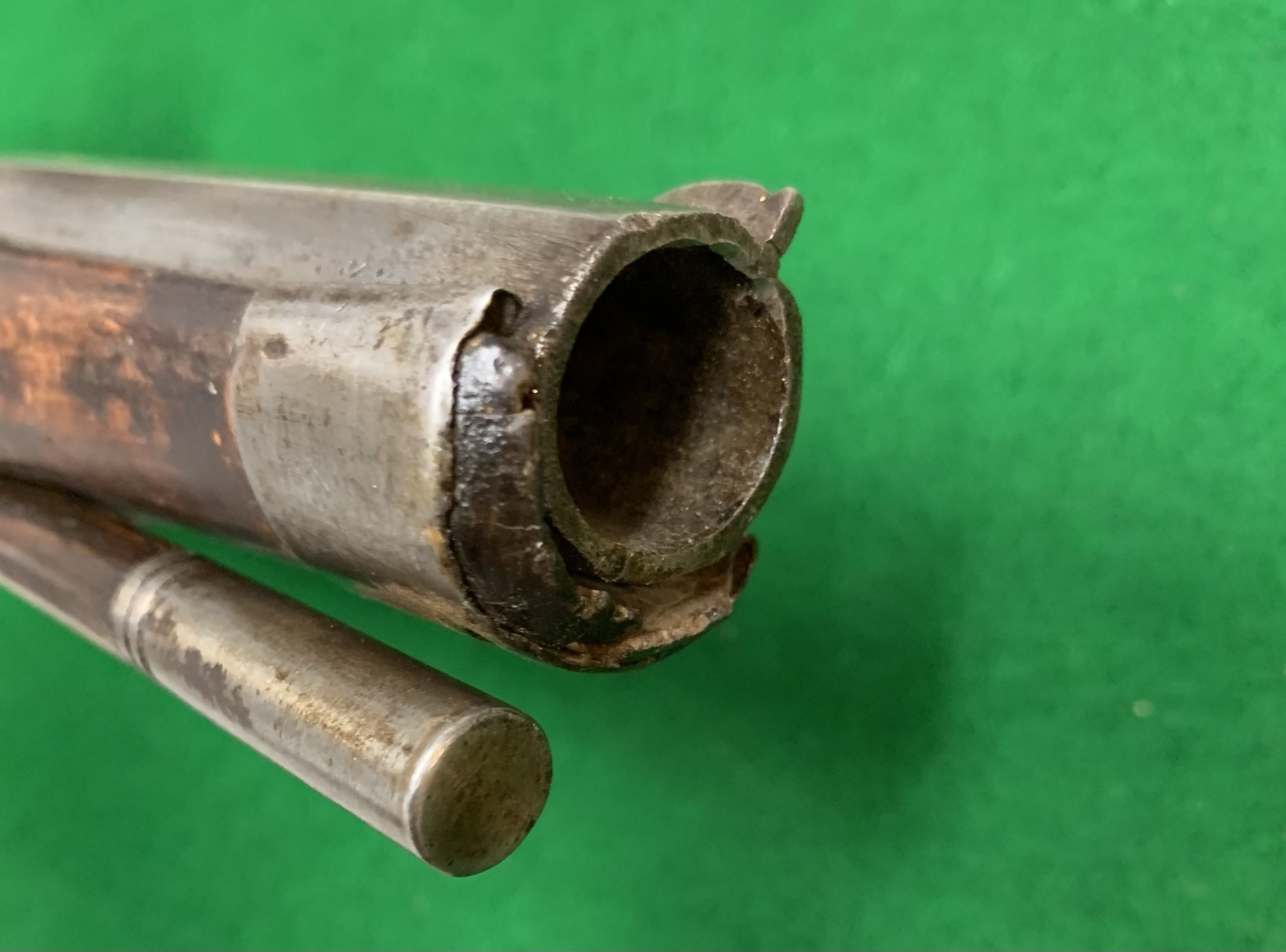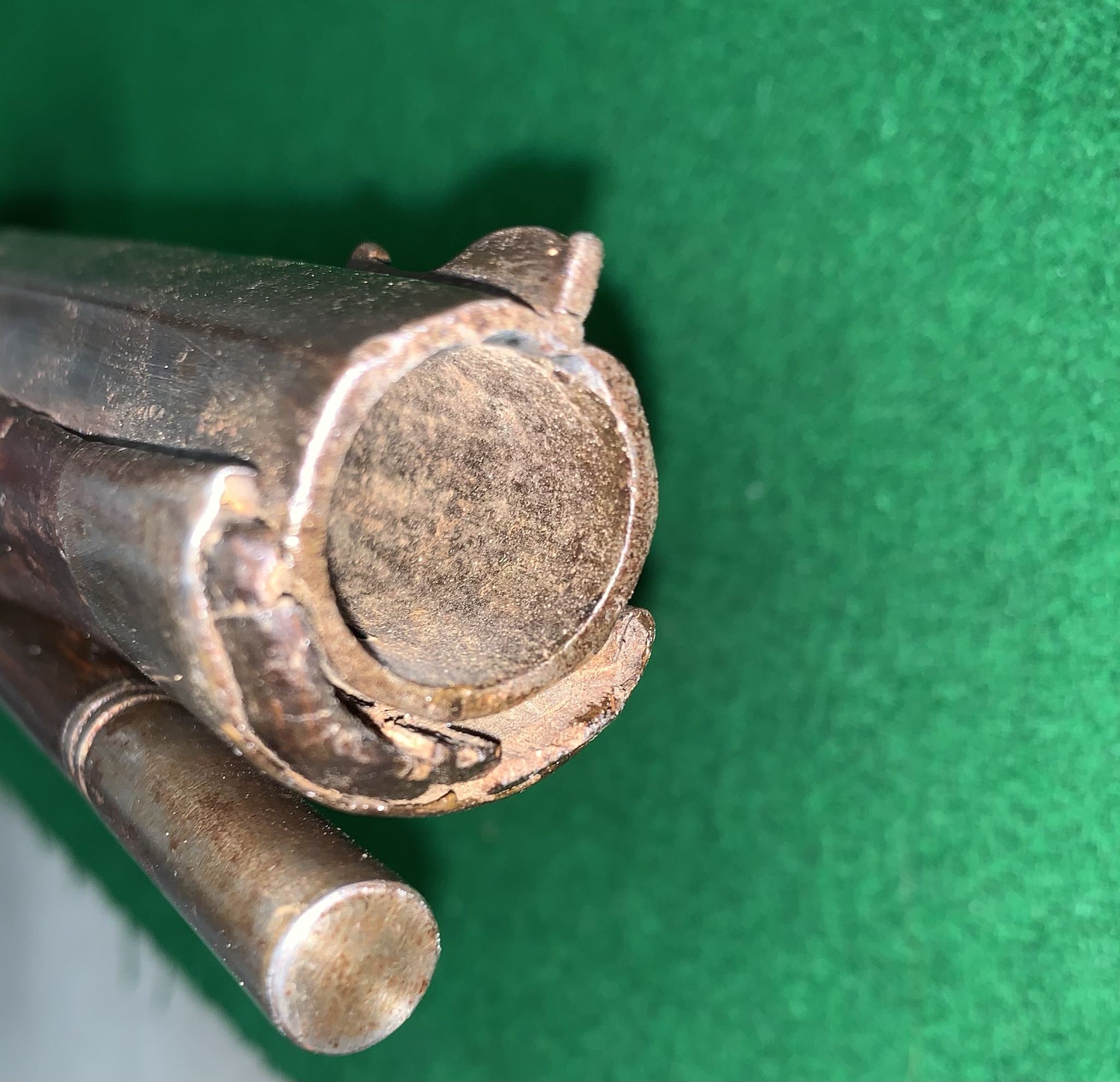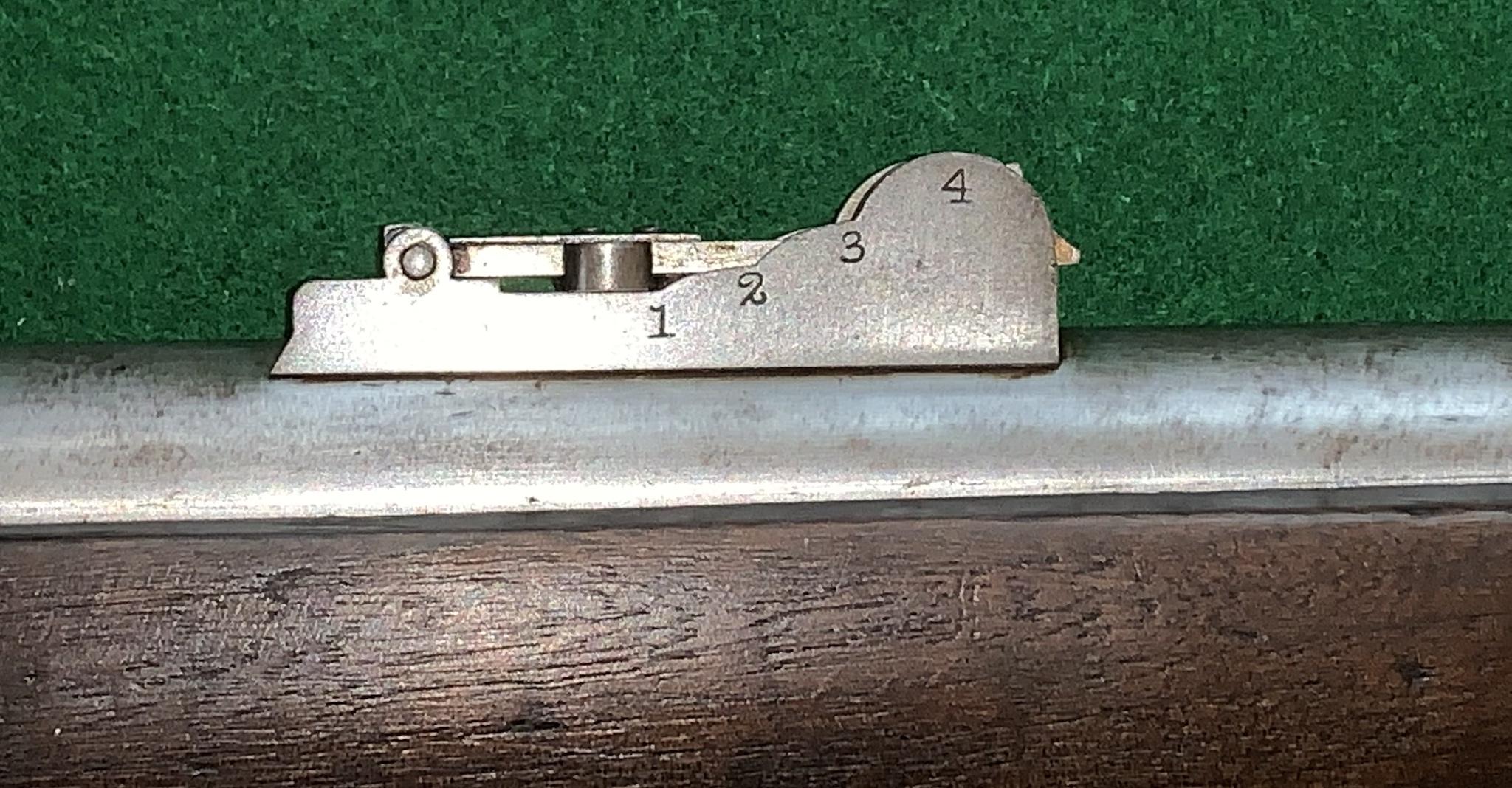Recently sold at Bonhams Skinner, note lots 1009 - 1023.
https://www.bonhams.com/auction/302...d-rare-british-cavalry-and-naval-arms/?page=5
I won the matchlock seemingly from the Emden Armory. Looks like the stock has seen much better days, pretty sure it looks as much wood filler as wood by this point. But, it appears to be full length; the stock does have some original surface left with a branded "18" over the lock (have seen others marked "14" or "20"); I have had the devil of a time finding one of these 'fishtail' stocked muskets for under 5 figures on this western side of the Atlantic; and even some of the ones going for $10K+ have some issues.
Will update when I receive it!
https://www.bonhams.com/auction/302...d-rare-british-cavalry-and-naval-arms/?page=5
I won the matchlock seemingly from the Emden Armory. Looks like the stock has seen much better days, pretty sure it looks as much wood filler as wood by this point. But, it appears to be full length; the stock does have some original surface left with a branded "18" over the lock (have seen others marked "14" or "20"); I have had the devil of a time finding one of these 'fishtail' stocked muskets for under 5 figures on this western side of the Atlantic; and even some of the ones going for $10K+ have some issues.
Will update when I receive it!
Last edited:






